Today’s cars are safer than ever, or so they should be considering all the active and passive safety equipment onboard. But that isn’t necessarily so and, surprisingly, some of the best-equipped products don’t fare all that well when you check federal data. Case in point? Tesla turns out to have the industry’s highest fatality rate, according to a new study.
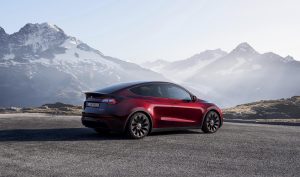
The Tesla Model Y has the highest fatality rate of any single model on the U.S. market, based on NHTSA data.
Its products come with an assortment of advanced safety gear and, it offers some of the most advanced semi-autonomous technology now available, the manufacturer claims. Yet a new study finds that, despite such boasts, Tesla has an unexpectedly poor safety record. It is, in fact, the brand with the industry’s highest fatality rate, according to a new analysis of the National Highway Traffic Safety Administration’s Fatality Analysis Reporting System.
That comes despite Tesla’s compact Model Y earning the coveted Top Safety Pick+ award for 2024 from the Insurance Institute for Highway Safety. Yet the federal FARS data revealed the Model Y to be among the most deadly vehicles when it comes to fatalities per 100 million miles driven – with a rate nearly four times higher than the typical vehicle on the road.
In terms of individual vehicle segments, small cars and sports cars, such as the Hyundai Venue and Chevrolet Corvette, respectively, had the worst overall fatality rates among all models, reported iSeeCars, which conducted the analysis.
Safety gains aren’t uniform
“New cars are safer than they’ve ever been,” said Karl Brauer, iSeeCars chief analyst. “Between advanced chassis design, driver assist technology, and an array of airbags surrounding the driver, today’s car models provide excellent occupant protection. But these safety features are being countered by distracted driving and higher rates of speed, leading to rising accident and death rates in recent years.”
Crash, injury and fatality rates rose sharply through much of the past decade, though the numbers leveled off over the last several years and have even showed signs of coming back down. But there are still some vehicles that contribute to the deadly national count than others. And iSeeCars isolated 23 models that have at least twice the average national death rate – and, in some cases nearly five times hire.
Surprisingly, “Most of these vehicles received excellent safety ratings, performing well in crash tests at the IIHS and NHTSA, so it’s not a vehicle design issue,” said Brauer. “The models on this list likely reflect a combination of driver behavior and driving conditions, leading to increased crashes and fatalities.”
The Deadliest Vehicles
The 23 deadliest models averaged fatality rates per mile running anywhere from 2.8 to 4.9 times the national average.
The three deadliest models in descending order, according to the study:
- Hyundai Venue;
- Chevrolet Corvette;
- Mitsubishi Mirage.
Rounding out the top 10 – again, in descending order, were the Porsche 911, Honda CR-V Hybrid, Tesla Model Y, Mitsubishi Mirage G4, Buick Encore, Kia Forte, and Buick Envision.
More Safety News
- Kia Recalling 145k Vehicles Due to Loss of Power
- Ram Recall is 44th This Year for Stellantis
- 10 Months Brings 5 Recalls for Cybertruck
Deadliest brands
It’s clear that a vehicle’s design isn’t the only thing that factors into its fatality rate, high or low. Some brands, some products, tend to attract safer motorists – those less likely to text, speed or get behind the wheel while intoxicated. Other brands are known for the reckless behavior of their drivers.
Whatever the reason, these are the five brands with the highest fatality rates, along with the number of deadly crashes per billion vehicle miles:
- Tesla, 5.6 fatal crashes;
- Kia, 5.5 fatal crashes;
- Buick, 4.8 fatal crashes;
- Dodge 4.4 fatal crashes;
- Hyundai, 3.9 fatal crashes,
For the industry as a whole, the average was 2.8.
Small cars, big problems
 Small cars, along with high-performance models – such as the ‘Vette – routinely score more poorly in crash test. That proves to be the case on public roads, as well.
Small cars, along with high-performance models – such as the ‘Vette – routinely score more poorly in crash test. That proves to be the case on public roads, as well.
The good news is that new, active safety gear, such as Forward Collision Warning with auto-braking, can help vehicles steer clear of crashes. But “It’s difficult to overcome physics, even with high-strength steel and airbags,” said Brauer. “When two small cars collide the forces are equalized and both vehicles tend to hold up well. But if a compact hatchback and a full-size pickup truck try to occupy the same space at the same time, the smaller car always loses.”
By segment, small cars fared poorest in the final analysis, averaging 3.6 fatal crashes per billion miles driven. By comparison, the industry average was 2.8. And large vehicles came in at 2.0 fatal crashes.

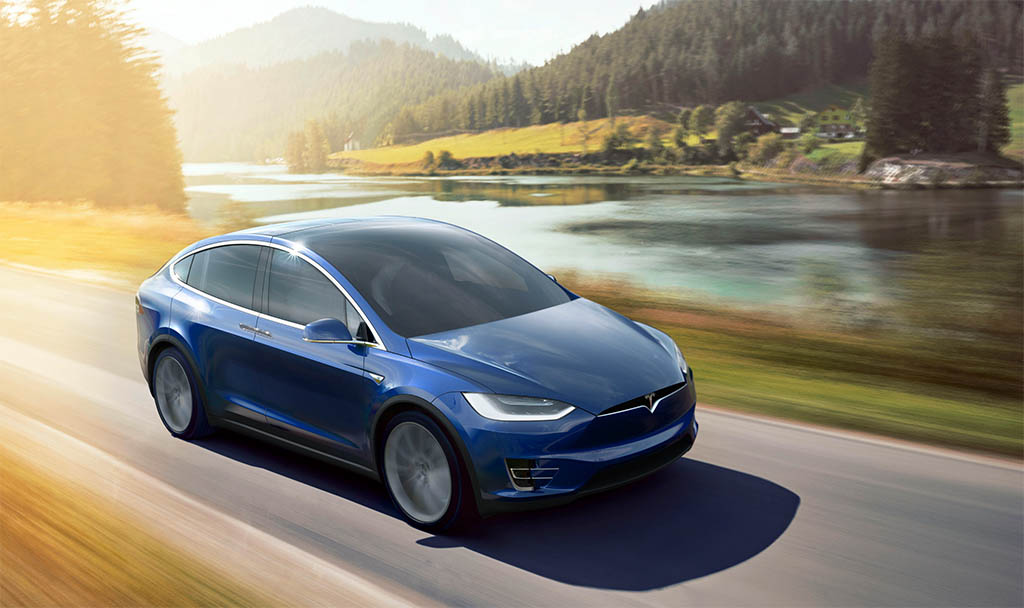
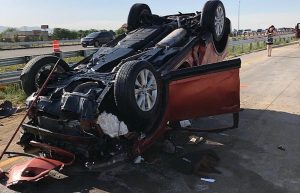

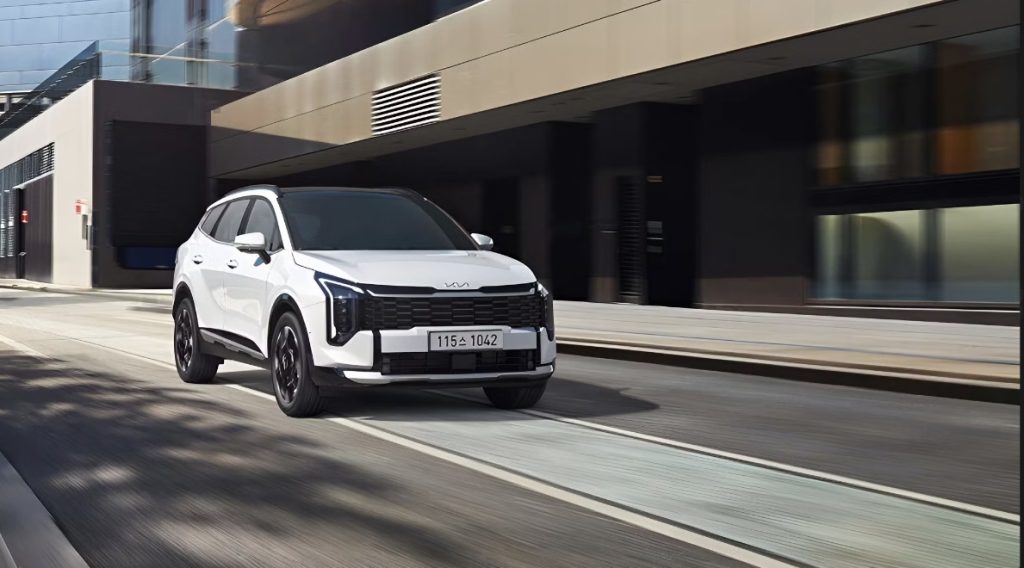


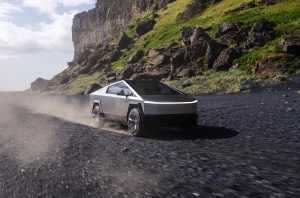

I wonder how the numbers would have changed if Musk supported Harris.
Not a bit.
As alluded to in the article, the Corvette is a safe car, drivers just can’t resist driving it really fast. The Tesla is disturbing. Too many drivers apparently believe their cars can drive themselves when they can’t.
Hi, Drew,
Fair point. And one that some of the harsher critics of my story…and the original study…have tried to either ignore or pass off. The reality is that if you design a vehicle that encourages drivers to take risks — whether speeding or not paying full attention — that is as much a flaw as a vehicle that can’t hold up during a crash.
Paul E.